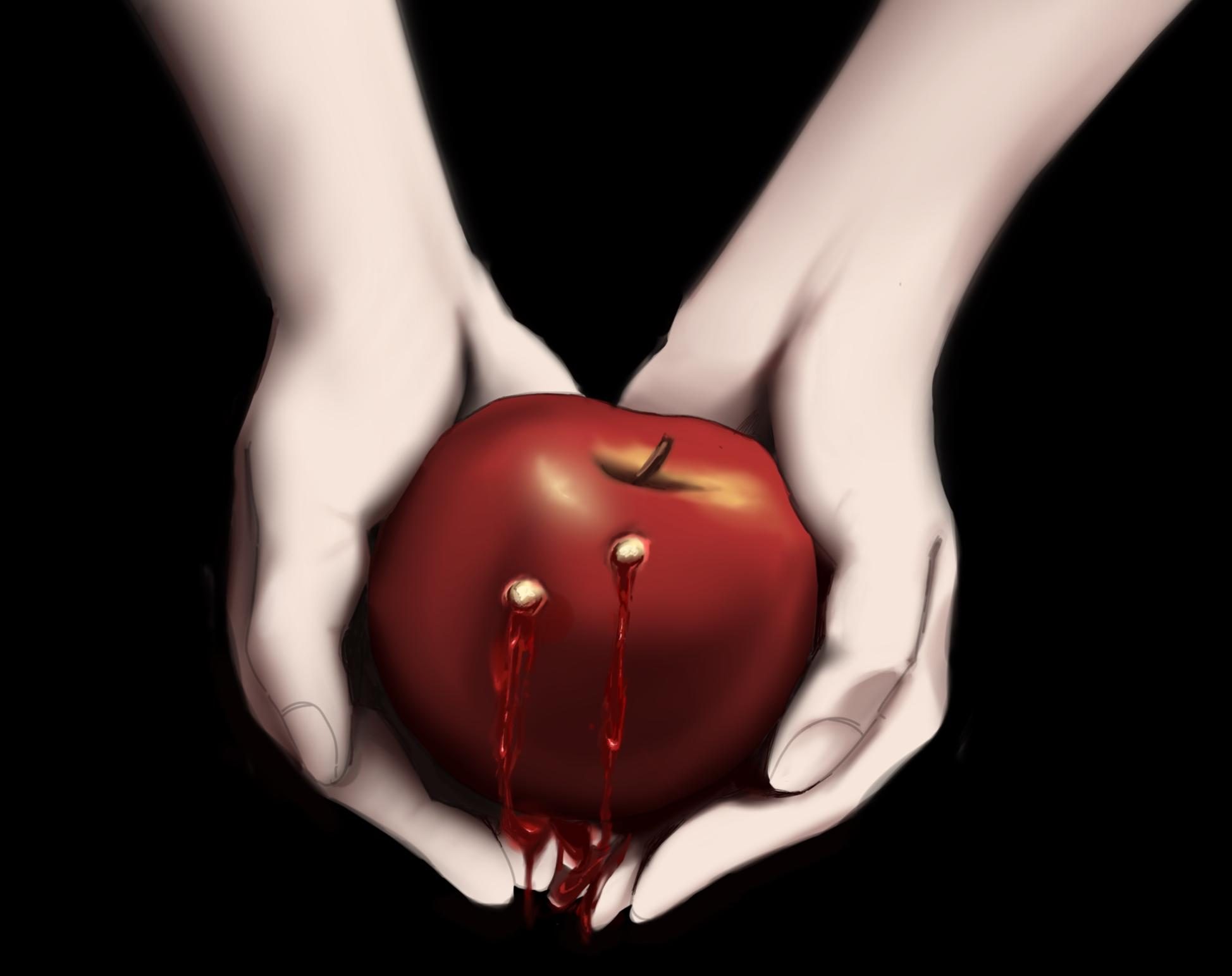Like the vampires featured in its pages and on the screen, Stephenie Meyer’s Twilight Saga never truly dies.
Two decades after it arrived in bookstores with its stark black cover featuring ghost-white hands holding a blood-red apple, Meyer’s first novel, Twilight (2005), remains a strange, shimmering object of delight.
To celebrate its enduring popularity — this year marks the beloved series’ 20th anniversary — all five Twilight Saga films will be re-released in theaters from Oct. 29 to Nov. 2, allowing fans to relive (and reevaluate) the saga on the big screen.
Meyer’s books were a global sensation upon Twilight’s release on Sept. 27, 2005, and to date have sold over 160 million copies. The series’ cultural significance was even recognized by the United States government when it was enshrined in the Library of Congress in 2020.
The franchise was also a hit in theaters, with its adaptations — featuring Kristen Stewart’s understated performance as Bella Swan, Robert Pattinson’s brooding Edward Cullen, and Taylor Lautner as Jacob Black — amassing $3.3 billion dollars.
Despite being mocked for its cringeworthy prose (“And let’s face it, I am hotter than you,” is an actual line from the novel), and acting that leans heavily on twitching and lip biting, Meyer’s novels and films don’t just survive, they thrive.
The story of Bella and Edward (and for a moment, Jacob) has captivated generations of readers and viewers, with the film adaptations — Twilight (2008), New Moon (2009), Eclipse (2010), Breaking Dawn: Part 1 (2011), Breaking Dawn: Part 2 (2012) — growing the fandom through theatrical releases, home video, and streaming (Netflix re-released the series again in May).
Twilight is narrated by teenager Bella, who reluctantly moves from sunny Phoenix to chronically overcast Forks, Washington, to live with her dad. Bella’s otherwise nondescript life of first-day-of-school nerves and English essays is shattered by an encounter with Edward, a gloomy, attractive vampire, during a bacteria lab in Biology class. Despite his blood-drinking ways, Bella fearlessly falls for the immortal monster. In New Moon, Twilight’s sequel, she develops feelings for her family-friend, Jacob, who happens to be a werewolf.
It’s one of the most famous literary love triangles of all-time, spawning, upon its release, Team Jacob and Team Edward t-shirts and countless MySpace polls, and there is still, 20 years later, active debate over whether the fawning Jacob or the mysterious Edward is Bella’s soulmate.
Twilight was also the blueprint for the “romantasy” literature boom, echoed by Shadow and Bone (2012) and A Court of Thorns and Roses (2015), and countless other series featuring a female protagonist. (Bella is unique in her relatability — ordinary, unfashionable, introverted.)
Although Twilight already possesses obsession-worthy elements (action-packed drama, romantic tension, plot twists galore), modern audiences are just as into the series for its flaws.
From curious special-effects choices like a filter that tints every scene blue, to meme-able scenes of Robert Pattinson’s intense staring, to a supernatural baseball game, it isn’t hard to find something to be amused by in the Twilight movies, and for social media platforms such as TikTok, memes and amusement are the point. (The Twilight series is also a time-capsule of teen culture 20 years ago. Alternative rock songs by Linkin Park and Muse, layered thrift-store-bought outfits, and an aggressively emo-grunge vibe are prevalent in the films, capturing the essence of the mid-2000s.)
From relatable characters, to passionate love triangles featuring vampires and werewolves, to cringeworthy lines, to iconic fashion, Twilight has never gone out of style.



